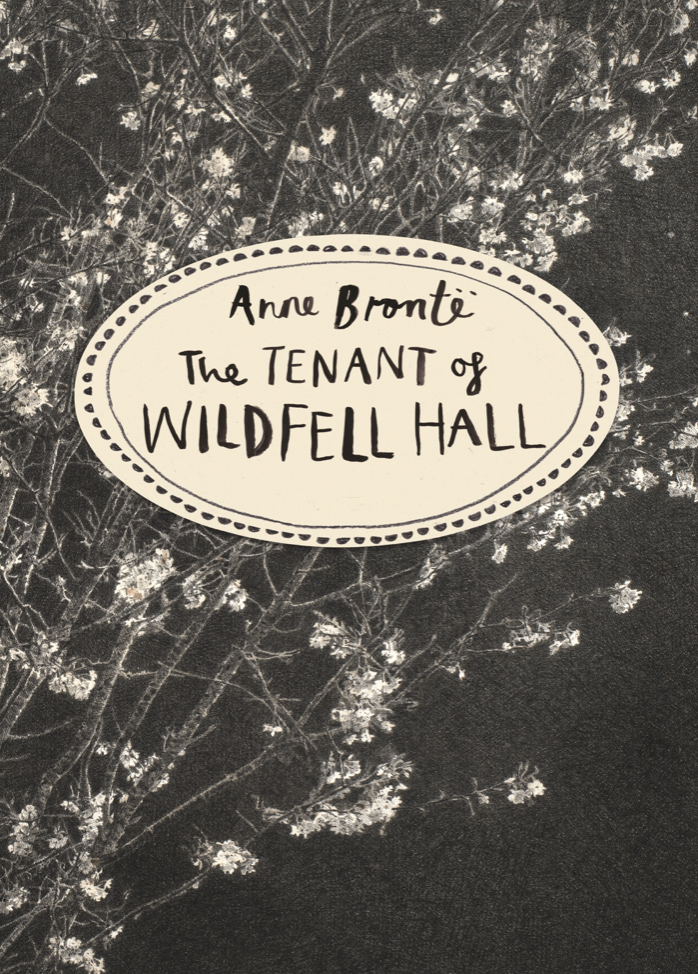By Dariga Atayeva, Year 12
The Tenant of Wildfell Hall is a classic published in 1848 by Anne Brontë, under the pseudonym of Acton Bell. It is considered to be the most shocking of Brontë’s novels, as it challenged the beliefs and morals upheld during the Victorian Era in England. These traditional morals that are questioned are linked to the relationship between husband and wife, and a wife’s role in marriage.
To summarise, the protagonist, Helen Graham, escapes her husband Arthur Huntingdon, with her son Arthur to a small village where they move to the isolated Elizabethan mansion “Wildfell Hall”. When asked by her neighbours, she identifies herself as a widow. Helen then pursues an artist’s career, selling her work in London. Her self-imposed isolation and mysterious character soon provoke gossip in the small village, where, as Fergus (Gilbert’s brother) puts it, “we often hold discussion about you; for some of us have nothing better to do than to talk about our neighbours’ concerns ”
The relationship between Helen and Gilbert first begins on tense terms, but Gilbert soon grows fond of Mrs. Graham and falls in love. He defends her when his circle makes false and disrespectful assumptions about her and stubbornly refuses to believe them. Henceforth, Gilbert intends to get close to her and as a result, discovers her traumatic past through the diary she entrusted to him. She is, in fact, not a widow and has run away from her violent alcoholic husband to save her son from his influence.
Modern critics recognise the Tenant of Wildfell Hall as one of the first feminist novels written. It provoked shock back in the day, as May Sinclair said in 1913: “The slamming of (Helen’s) bedroom door against her husband reverberated throughout Victorian England”. Put into context, this act violates the beliefs as well as the rules of conduct of the time. Other critics such as The Spectator found the Tenant “a morbid love for the coarse, not to say the brutal” along with the Rambler, arguing it deplored scenes “of the most disgusting and revolting species”, despite praising the strong narrative.
The style of Anne Brontë’s classic, in contrast to her sister’s romanticism, is realistic. She was inspired by her own life experiences and the lives of her acquaintances. The uniqueness of the novel is highlighted by Anne’s honesty in illustrating society in the Victorian Era. She deliberately declared her intention to “tell the truth, for truth always conveys its moral to those who can receive it”. Anne’s main goal in writing the novel, which she wrote in the preface to her second edition was: “If I have warned one rash youth from following in their steps, or prevented one thoughtless girl from falling into the very natural error of my heroine, the book has not been written in vain”. It therefore is not surprising to hear that Anne was deeply distressed by the harsh criticism she received for her work.
Reading the novel myself, I found that it was difficult to put the book to rest. Anne’s clear, yet alluring style of writing drew my attention like very few books have managed to, and made me see and feel what the characters had felt. It is a wonderful experience and I recommend this book to any lovers of classical literature.



